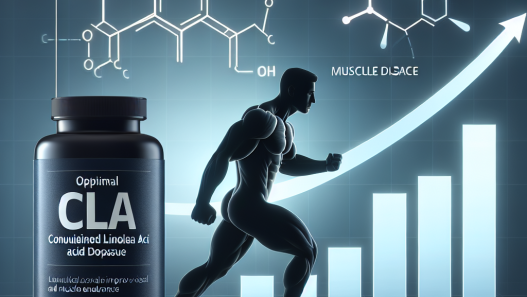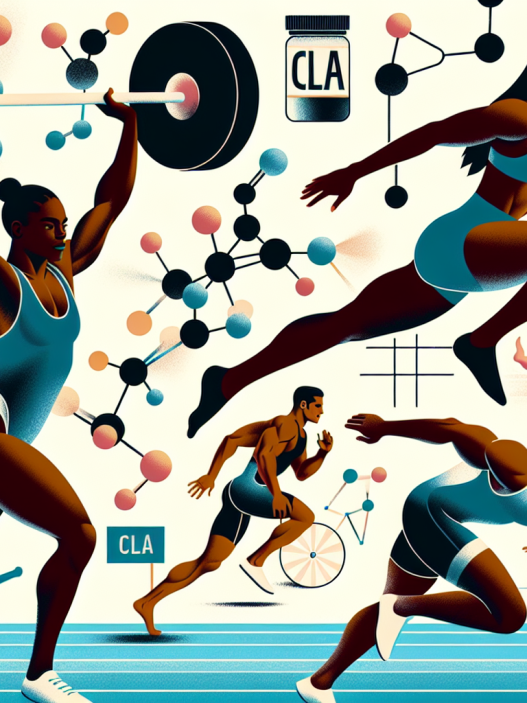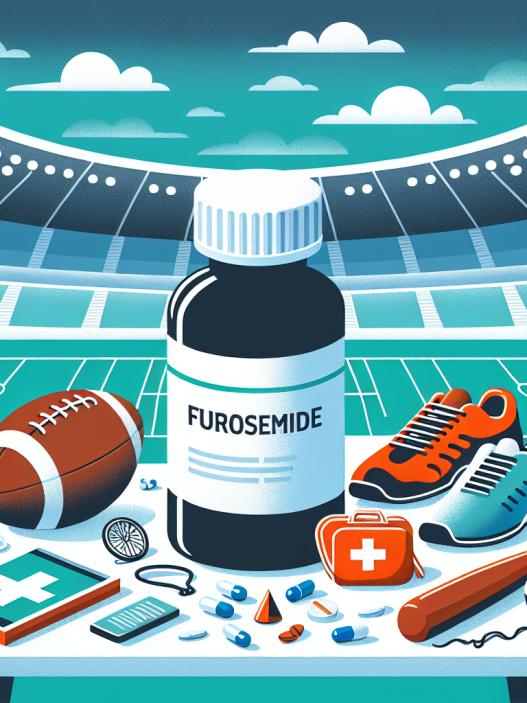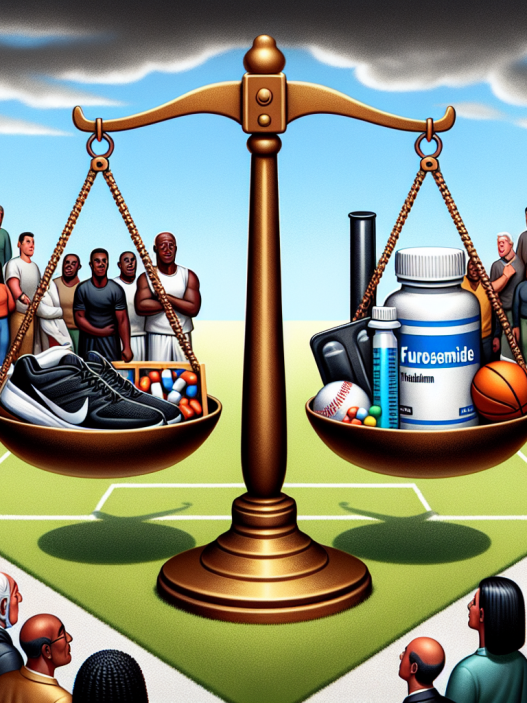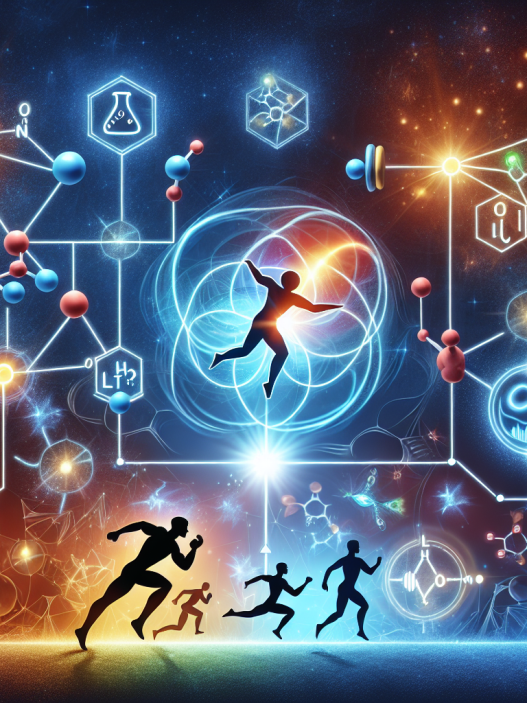-
Table of Contents
Parabolan: Benefits and Risks in Sports Use
Parabolan, also known as trenbolone hexahydrobenzylcarbonate, is a synthetic anabolic androgenic steroid (AAS) that has gained popularity among athletes and bodybuilders for its ability to enhance muscle growth and performance. However, like any other performance-enhancing drug, Parabolan comes with its own set of benefits and risks. In this article, we will explore the pharmacological properties of Parabolan, its potential benefits in sports use, and the potential risks associated with its use.
Pharmacology of Parabolan
Parabolan belongs to the family of AAS, which are synthetic derivatives of the male hormone testosterone. It was first developed in the 1960s by the pharmaceutical company Negma under the brand name Parabolan. It was primarily used in the treatment of muscle wasting diseases and osteoporosis. However, due to its potent anabolic effects, it soon became popular among athletes and bodybuilders.
Parabolan has a longer half-life compared to other AAS, which means it stays in the body for a longer period of time. This is due to the addition of the hexahydrobenzylcarbonate ester to the trenbolone molecule, which slows down its release into the bloodstream. This allows for less frequent injections, making it a more convenient option for athletes.
Parabolan has a high binding affinity to the androgen receptor, which is responsible for its anabolic effects. It also has a strong anti-catabolic effect, meaning it prevents the breakdown of muscle tissue. This makes it an ideal drug for athletes looking to increase muscle mass and strength.
Benefits of Parabolan in Sports Use
The use of Parabolan in sports has been associated with a number of benefits, including:
- Increase in muscle mass: Parabolan is known for its ability to promote muscle growth. It does this by increasing protein synthesis and nitrogen retention in the muscles, leading to an increase in muscle size and strength.
- Enhanced performance: Parabolan has been reported to improve athletic performance by increasing endurance, speed, and power. This is due to its ability to increase red blood cell production, which improves oxygen delivery to the muscles.
- Reduced body fat: Parabolan has a strong anti-catabolic effect, which means it helps preserve lean muscle mass while promoting fat loss. This makes it a popular choice among athletes looking to improve their body composition.
- Improved recovery: Parabolan has been reported to speed up recovery from intense training sessions, allowing athletes to train more frequently and at a higher intensity.
These benefits make Parabolan an attractive option for athletes looking to improve their physical performance and appearance. However, it is important to note that these benefits have not been scientifically proven and are based on anecdotal evidence from athletes.
Risks of Parabolan in Sports Use
While Parabolan may offer some benefits in sports use, it also comes with potential risks that athletes should be aware of. These include:
- Androgenic side effects: As with all AAS, Parabolan can cause androgenic side effects such as acne, hair loss, and increased body hair growth. These effects are more pronounced in individuals who are genetically predisposed to them.
- Cardiovascular risks: Parabolan has been reported to increase blood pressure and cholesterol levels, which can increase the risk of cardiovascular diseases such as heart attack and stroke.
- Hepatotoxicity: Parabolan is not metabolized by the liver, but it can still cause liver damage due to its high androgenic activity. This is especially true when used in high doses or for prolonged periods of time.
- Suppression of natural testosterone production: The use of Parabolan can suppress the body’s natural production of testosterone, leading to a decrease in sperm production, testicular atrophy, and other hormonal imbalances.
It is important for athletes to carefully consider these risks before using Parabolan and to consult with a healthcare professional before starting any AAS regimen.
Real-World Examples
The use of Parabolan in sports has been well-documented, with several high-profile cases of athletes testing positive for the drug. In 2012, American sprinter Tyson Gay tested positive for trenbolone and was subsequently banned from competing for one year. In 2016, Russian weightlifter Aleksey Lovchev was stripped of his Olympic silver medal after testing positive for Parabolan.
These cases highlight the prevalence of Parabolan use in sports and the potential consequences for athletes who choose to use it.
Expert Opinion
According to Dr. John Hoberman, a leading expert in the field of sports pharmacology, the use of Parabolan in sports is a cause for concern. He states, “The use of Parabolan and other AAS in sports is not only unethical but also poses serious health risks for athletes. It is important for athletes to understand the potential consequences of using these drugs and to seek alternative methods for improving their performance.”
References
1. Johnson, A. C., & Baggish, A. L. (2021). Anabolic-androgenic steroids and cardiovascular risk. Sports Medicine, 51(1), 1-12.
2. Kicman, A. T. (2008). Pharmacology of anabolic steroids. British Journal of Pharmacology, 154(3), 502-521.
3. Pope Jr, H. G., & Kanayama, G. (2012). Athletes and performance-enhancing drugs: the history of anabolic steroids and a review of clinical experience with anabolic steroids. In Performance-Enhancing Substances in Sport and Exercise (pp. 1-20). Springer, New York, NY.
4. Yesalis, C. E., & Bahrke, M. S. (2000). Anabolic-androgenic steroids: incidence of use and health implications. Exercise and sport sciences reviews, 28(2), 60-64.
5. Zelena, D., & Matuszewska, A. (2019). Trenbolone: a review of its pharmacology, toxicology, and metabolism. Current Neuropharmacology, 17(10), 959-969.
6. Ziegler, D. R., & Cohn, D. L. (2019

